
Following are the 5 common signs of riboflavin deficiency you need to look for.
Vitamin B2 or Riboflavin belongs to the class of B complex vitamins necessary for brain function, hair and nail health, improved mood, stress relief and energy boosts. This water soluble vitamin is absorbed from the small intestine, flows through the blood and enters the tissues to perform its variety of cellular oxidation-reduction reactions responsible for energy production. The coenzyme forms of riboflavin, FMN and FAD, are linked to many enzymes involved in carbohydrate, lipid, protein and purine metabolism.
These coenzymes are a part of mitochondrial electron transport chain in the synthesis of ATP. Riboflavin is heat sensitive and is converted to Lumiflavin when exposed to UV rays exhibiting yellow fluorescence. This is crucial as prolonged light therapy for jaundice can lead to riboflavin loss. The other chemically similar forms of the vitamin have been named as lactoflavin (from milk), hepatoflavin (from liver) and ovoflavin (from eggs) based on their sources.
1.Cheilosis:
Do the corners of your lips roughen and form fissures or swellings? Does this scaling causes difficulty wide opening the mouth and is often painful? Cheilitis or angular stomatitis causes inflammation of lips, painful angular sores and ulceration at the angles of the lips. This is the most common indication of vitamin B2 deficiency. However, other signs include seborrheic dermatitis of the face [ red, itchy oily patches on skin with white crusty scales often on scalp], glossitis [magenta red inflamed tongue] along with atrophy of papillae.
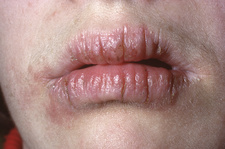
2. Dyssebacia:
Have you been noticing any peculiar skin changes on your face especially the nasolabial region such as scaling or crusting? Do you have been suffering from excess sebum production particularly of inspissated plugs projecting from dilated orifices of sebaceous glands? This is a cutaneous marker of riboflavin deficiency. Dyssebacia also called Seborrhea Spinulosa or shark skin causes greasy follicular papules on the skin around nose sometimes also progressing to red, flaky fissures in ears and nose folding.
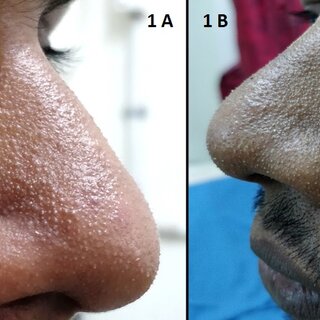
3. Malnutrition:
Do you often feel tired or lethargic without exertion? Do you feel weak and undernourished even after having proper meals? This is because you are lacking riboflavin in diet. The coenzyme forms of vitamin B2 are essential for the metabolism of almost everything we eat (carbohydrate, protein, lipid). Deficiency affects adversely though mainly affecting protein synthesis by its role in glutathione synthesis described later. Damage to DNA and reduced protein synthesis causes malnutrition which further reduces the utilization and retention of riboflavin proceeding in a vicious cycle.
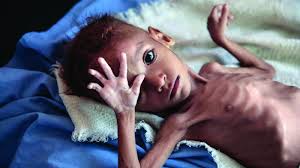
4. Normocytic, normochromic anemia:
Have you been labelled anemic particularly of normocytic, normochromic type? Or do you have a generalized weakness with pale complexion for quite some time? Low RBC production causes anemia subject to bone marrow hypoplasia. The RBCs thus have same size as normal and same red color as with normal hemoglobin concentration. However, total reticulocyte count is low as per riboflavin avitaminosis altering the iron absorption.
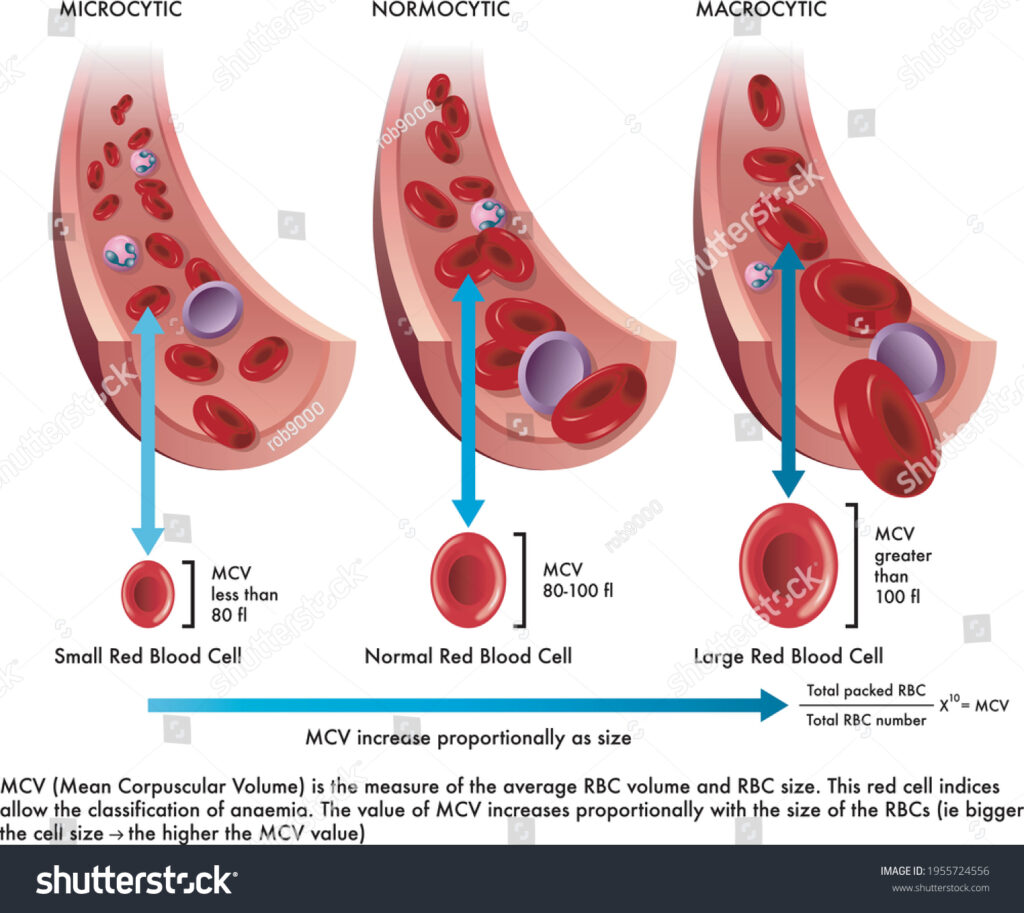
5.Loss of immune function / Eye health affected:
Have you developed the symptoms of burning, itching and drying of eyes with photophobia and decrease in visual acuity over a course of weeks or months? Blurred vision, nyctalopia, inflammation of eyes and vascularization of cornea are the ocular manifestations associated with riboflavin deficiency. In the body, glutathione serves as an antioxidant fighting infections. Flavin Adenine Dinucleotide (FAD) has the role in the production of glutathione. Thus, riboflavin deficiency may also leads to loss of immune function and vulnerability to diseases.
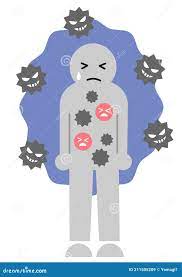
Dietary sources of Riboflavin:
Animal sources: Milk and milk products, kidney, heart, liver, egg yolk, meat are rich sources.
Plant sources: Leafy vegetables, germinating seeds, grams, fruits are rich in vitamin B2.
Human intestinal bacteria has the ability to generate a little of riboflavin but it is inadequate and dietary supplementation is required to fulfill the body’s need.
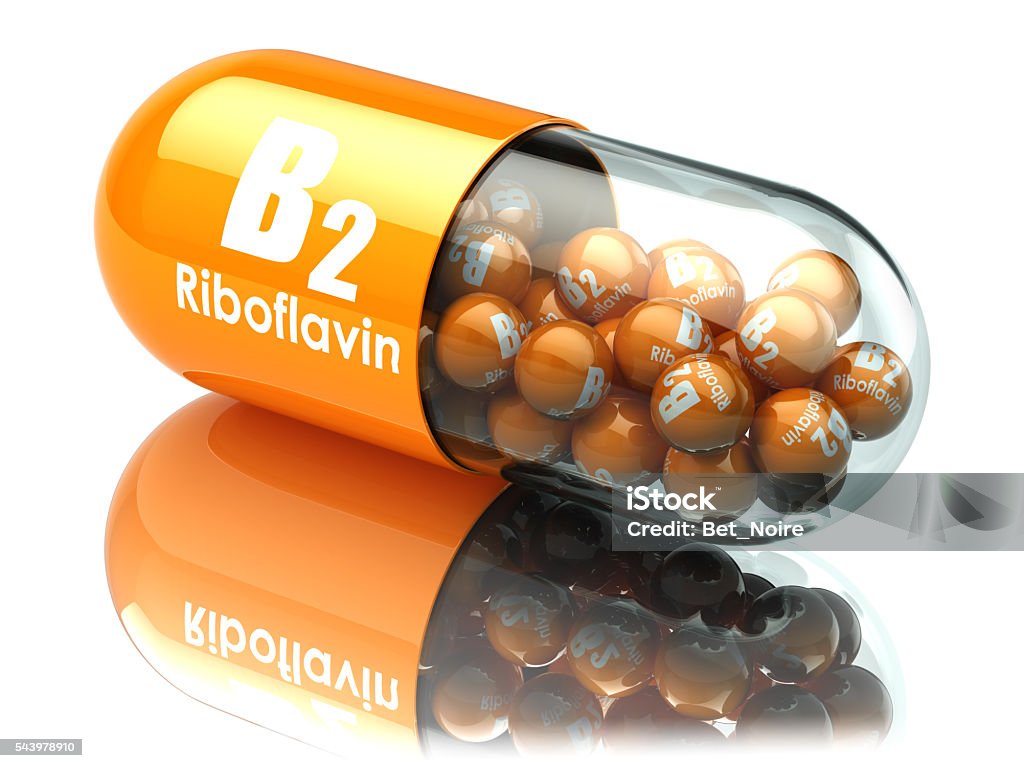
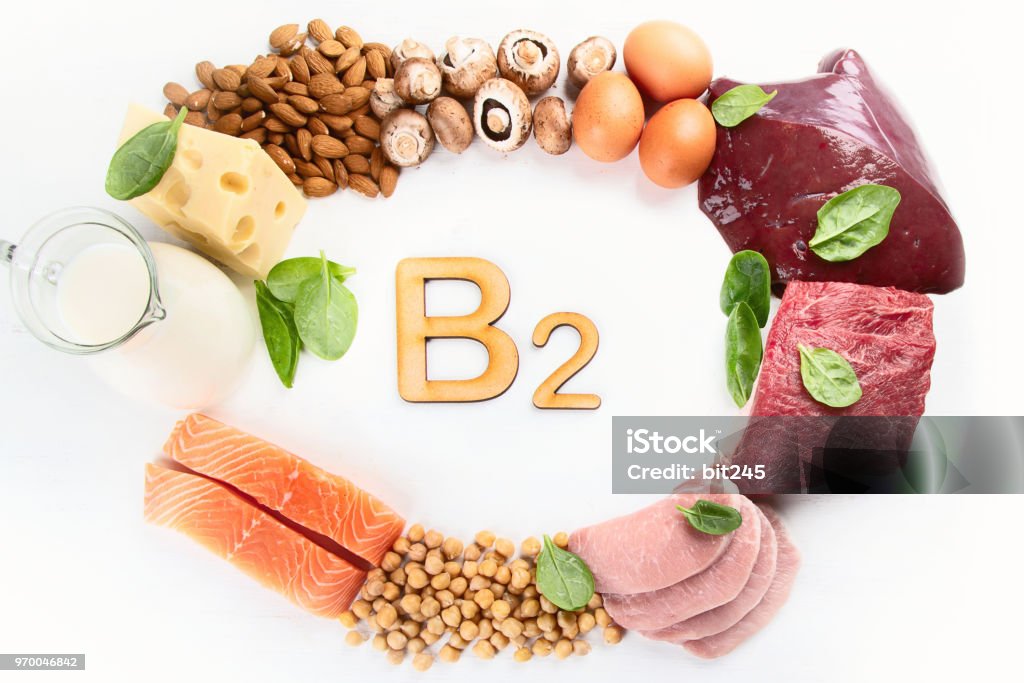
Recommended daily allowance:
Since riboflavin FMN and FAD have a role in carbohydrate metabolism, its need is proportional to dietary intake of carbs and calories. Average adult needs 1.5-1.7mg/day. Additionally, pregnant females require 0.2-0.4 mg.
Tests for detection of riboflavin deficiency:
Blood test: Normal levels of vitamin B2 in blood range from 110-360 nanomoles/liter. Enzyme assay of glutathione reductase can also be useful to check for riboflavin deficiency.
Urine test: Since riboflavin is water soluble, it is not stored in the body and so is excreted in urine. Normal levels range from 120 micrograms/day or higher. Lower levels are indicative of deficiency.
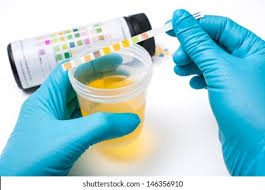
Some other signs of riboflavin may also include hair loss, sore throat, reproductive problems etc. Proper dietary supplementation and diagnostic accuracy should be observed for the effective recovery and prevention of long term deficits.